The defense of Sevastopol is an amazing example of Russian heroism
The Crimean War still meets with mixed opinions of historians. In this war, the Russian Empire had to deal with the combined power of the leading European powers - Britain and France, whose allies were also a very strong Ottoman Empire and even the Sardinian Kingdom - the future core of the Italian state. Naturally, it was very difficult to resist such a serious coalition. Nevertheless, the history of the Crimean War is, first of all, the exploits of Russian soldiers and sailors, the heroism of civilians, the honor and valor of admirals, generals, officers of the Russian army and fleet.
Since the end of 1840's. in Europe, there was an increase in anti-Russian sentiment, which was zealously fueled by most European governments. Great Britain, France, Austria saw in the Russian Empire a dangerous geopolitical rival and competitor, especially in the Balkan and Middle Eastern policies. One of the main tasks of the European powers was to block Russia in the Black Sea in order to prevent its active participation in the affairs of the Balkan Peninsula. The anti-Russian position of Britain and France was aggravated by the crisis of the Ottoman Empire, which was precisely the main opponent of the Russian Empire in the Black Sea region. By the middle of the XIX century, the Ottoman Empire was in a rather difficult position. The national liberation movements of the Balkan peoples, actively supported by Russia, were a great threat to the empire. In addition, Russia was actively promoted in the Caucasus, which worried not only the Sultan, but also Great Britain, which had long considered the Middle East to be its sphere of influence. France, although not to the extent that Great Britain was a geopolitical opponent of Russia, nevertheless longed for revenge for the defeat inflicted on Napoleon Bonaparte. Austria also had claims to Russia, which, despite seemingly allied relations with the Russian Empire and joint participation in suppressing revolutionary movements in Eastern and Central Europe, was very much afraid of Russia's interference in the political situation on the Balkan Peninsula. Finally, Sardinia, which had no territorial disputes and political conflicts with Russia, hoped in return for help in the Crimean War to get the support of London and Paris in the unification of Italy. Thus, an impressive coalition was formed against Russia, including the strongest states of the world at that time.
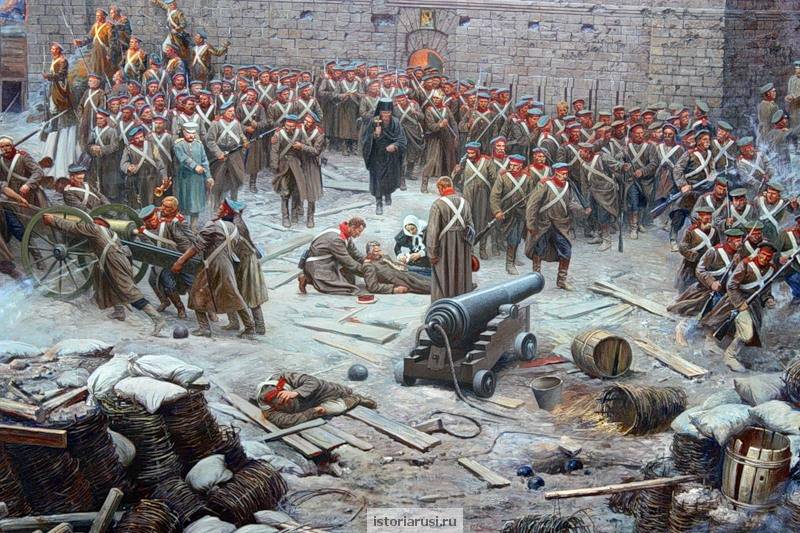
The siege of Sevastopol, which culminated in the Crimean War, continued for almost a year. In June 1854 of the year, the combined fleet of the allies from the 34 battleships and 55 frigates blocked the Russian fleet in the bay of Sevastopol. The forces were unequal - Russia had only 14 battleships, 6 frigates and 6 steamboats and frigates here. The naval blockade of the Sevastopol Bay preceded the landing operation. At the end of August 1854, 350 Allied ships advanced from Varna towards the Crimean peninsula, delivering and landing thousands of soldiers and officers of the British, French and Turkish armies on the Yevpatoria coast of 60. Most of the landing, about 30 thousands of people, were French units - by that time France had the largest ground forces in Europe. Another 22 thousands of people accounted for the British army and 7 thousands of people - the army of the Ottoman Empire.
2 September 1854 expeditionary Anglo-Franco-Ottoman troops landed in the area of lakes Kizil-Yar and Kichik-Belsk. In turn, around the left bank of the Alma River, 35-thousandth Russian troops under the command of Prince Admiral Alexander Sergeyevich Menshikov, the Minister of the Sea of the Russian Empire, concentrated. However, in the battle on Alma 8 September 1854, the Allies defeated the troops of Menshikov. The loss of Russian troops amounted to more than 5700 people. The situation was becoming harder and demanded the adoption of early measures to protect the city from a possible assault. On September 9, a meeting of the military council was held, at which Admiral Menshikov decided to sink old ships at the entrance to Sevastopol Bay - the 5 battleship and the 2 frigate. It was decided to remove the artillery guns from the flooded ships and use them to strengthen the garrison. Against this decision was made by the chief of staff of the Black Sea Fleet, Vice Admiral Vladimir Alekseevich Kornilov. The naval commander offered to withdraw the ships and take an unequal battle with the enemy, but Menshikov did not support his point of view.
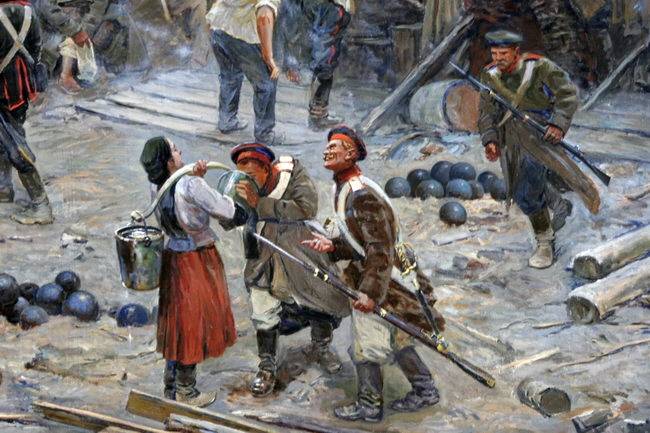
Meanwhile, the commander of the French troops, Marshal Saint-Arnaud decided to attack Sevastopol from the south, because he received information that it was the southern side that was the weakest in terms of the defense of the city. As for Admiral Menshikov, he chose to retreat to Bakhchisarai, fearing possible isolation in Sevastopol surrounded by the enemy. After leaving the city of Menshikov, Pavel Sergeevich Nakhimov and Vladimir Alekseevich Kornilov began to lead the defense of Sevastopol. Their names are inscribed in golden letters in the history of the Russian Navy and the Crimean War. It was Nakhimov and Kornilov who are considered the protagonists of the defense of Sevastopol and, I must say, both the naval commanders fully deserved the fame they received after their deaths. In the subordination of Nakhimov and Kornilov, there remained forces totaling about 18 thousand people. Basically, these were naval crews, but since they were deprived of the opportunity to fight on ships, the sailors had the task to protect Sevastopol on land. Large-scale fortification works were started on the construction of fortifications and strengthening of the already existing bastions.
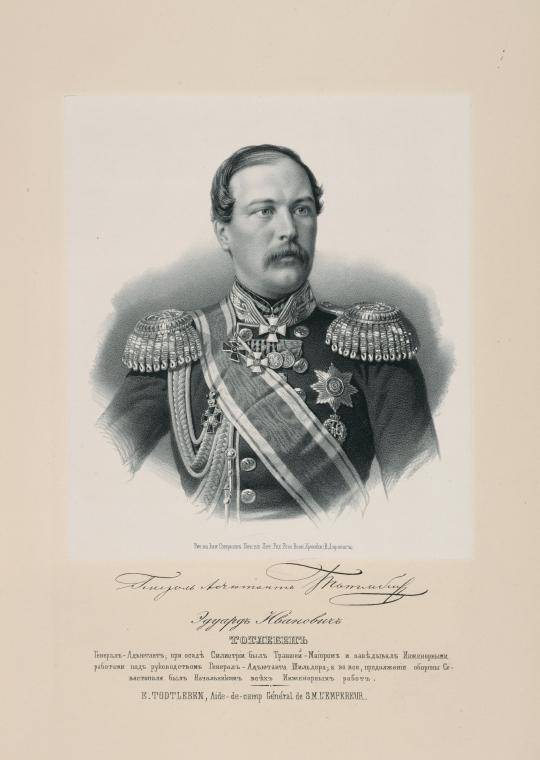
Lieutenant-colonel Edward Ivanovich Totleben, engineer-lieutenant, was put in charge of the construction of fortifications. Coming from the Thuringian family, who moved to Russia, Totleben was a military engineer with great experience at the time of the beginning of the Crimean War. He participated in the construction of fortifications on the Danube, made a plan of attack of Turkish fortifications on Calafate, prepared a siege of Silistria. Totleben was then seconded to the Crimea - at the disposal of Menshikov, who initially rejected the engineer’s plan for the immediate commencement of the construction of fortifications. Menshikov did not believe that the enemy troops would undertake the siege of Sevastopol in the fall, but when the Anglo-Franco-Ottoman troops nevertheless landed in Evpatoria, the commander changed his mind and immediately summoned Lieutenant Colonel Totleben. It is to the engineering talent of Edward Totleben that Sevastopol is largely due to the fact that the enemies could not take it - he was able to invent and implement such a good system of fortifications.
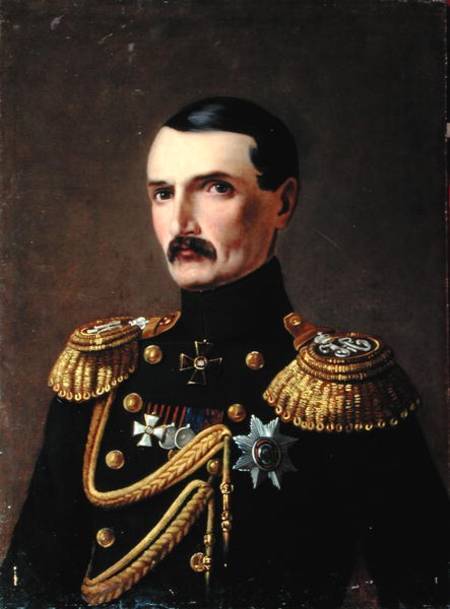
At first, Vice-Admiral Kornilov led the defense of Sevastopol. An outstanding naval commander, he showed himself to be an excellent organizer of positional warfare. In particular, the troops defending Sevastopol successfully used methods of mine warfare, made forays into enemy positions. Kornilov himself enjoyed enormous prestige among the officers and sailors of the fleet, the civilian population of Sevastopol, earning him not only selfless personal courage, but also a human attitude toward lower ranks and ordinary people. Unfortunately, in the very first bombardment of Sevastopol 5 in October 1854, Vice Admiral Kornilov was mortally wounded on the Malakhiv Hill. Wounded Kornilov was taken to hospital on the ship's side, but they failed to save the naval commander. The last words of Admiral Kornilov were: “Defend Sevastopol”.
Kornilov was buried in the crypt of St. Vladimir's Cathedral, near the grave of his elder comrade and teacher, Admiral Lazarev. The first bombardment did not bring any special advantages to the enemies; moreover, their losses and the losses of the defenders of the fortress were about the same. The Russians lost 1250 people, and the allies lost about 1000 people. Nevertheless, the bombing of the city continued, and a number of unsuccessful battles forced Prince Menshikov, who held the post of commander-in-chief, to doubt the ability of the Russian troops to keep Sevastopol and the Crimea as a whole. Nicholas I demanded more and more decisive actions against the enemy from Menshikov and, in the end, dissatisfied with the admiral's slowness, he replaced the commander-in-chief of the Russian troops in the Crimea. They became the general of artillery Mikhail Dmitrievich Gorchakov - a participant in the Battle of Borodino, a number of Russian-Turkish wars and the suppression of the Hungarian uprising. In the army, Gorchakov was known as a brave warlord, but many contemporaries and subsequent historians of the Crimean War accused Gorchakov, like his predecessor Menshikov, of indecision and lack of initiative.
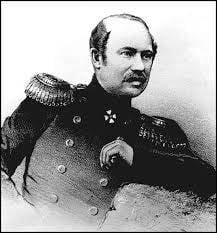 In the spring of 1855, the allies, dissatisfied with the protracted assault, demanded new reinforcements. The 15-thousandth Sardinian army arrived in Crimea, since Sardinia officially entered the war against Russia on January 14 and 1855. The commander-in-chief of the Allied forces also changed - instead of General Canrobert, he became General Jean-Jacques Pélusier, who was "glorified" by cruelty during the colonization of North Africa. 7 March 1855 killed another heroic organizer of the defense of Sevastopol - Rear Admiral Vladimir Ivanovich Istomin. During the defense of the city, he was appointed head of the 4 distance defensive line, which included Malakhov Kurgan. Like Kornilov and Nakhimov, Istomin was particularly respected by both the people of Sevastopol and the sailors of the Black Sea Fleet. When he was returning from Kamchatka lunette to Malakhov Kurgan, the enemy core tore his head off.
In the spring of 1855, the allies, dissatisfied with the protracted assault, demanded new reinforcements. The 15-thousandth Sardinian army arrived in Crimea, since Sardinia officially entered the war against Russia on January 14 and 1855. The commander-in-chief of the Allied forces also changed - instead of General Canrobert, he became General Jean-Jacques Pélusier, who was "glorified" by cruelty during the colonization of North Africa. 7 March 1855 killed another heroic organizer of the defense of Sevastopol - Rear Admiral Vladimir Ivanovich Istomin. During the defense of the city, he was appointed head of the 4 distance defensive line, which included Malakhov Kurgan. Like Kornilov and Nakhimov, Istomin was particularly respected by both the people of Sevastopol and the sailors of the Black Sea Fleet. When he was returning from Kamchatka lunette to Malakhov Kurgan, the enemy core tore his head off. By this time, Admiral Pavel Stepanovich Nakhimov was appointed military governor of Sevastopol. Legendary naval commander, he had become famous during the Russian-Turkish wars, and then became the closest ally of Vladimir Kornilov in organizing the defense of Sevastopol. But the fate of Nakhimov turned out to be evil - 28 June 1855, he was mortally wounded during a detour of positions on the Malakhov Kurgan.
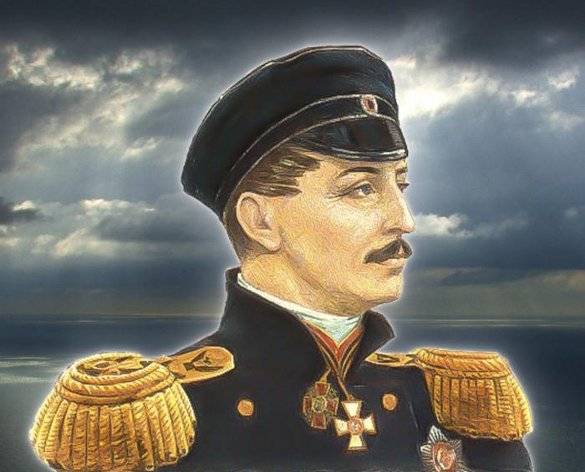
27 August, (8 September) 1855, the enemy, after shelling Sevastopol, marched to storm the city. Despite the fierce resistance of his defenders, the defense of Sevastopol was no longer of strategic interest to the Russian command, so Prince Gorchakov ordered the withdrawal of his troops to the north, after which the city was set on fire. However, only 30 of August (11 of September) the enemy ventured to join Sevastopol.
Speaking of the heroes of the defense of Sevastopol, in the same row with the famous admirals Kornilov, Nakhimov, Istomin, with the most talented engineer Totleben, one can not but mention the simple defenders of the fortress of Russian maritime glory - sailors, soldiers, just civilians. The name of the legendary Pyotr Markovich Koshka, who served as a sailor of the 30 fleet crew of the Black Sea Fleet, is known throughout Russia. When the siege of Sevastopol began, the Cat, among other sailors, was transferred to the shore - to the battery number 15 under the command of Lieutenant A. M. Perekomsky. Sailor Cat became a “hunter”, i.e. intelligence officer who regularly made forays into the enemy's rear. At least 18 outings are known, in which the sailor Cat participated. In January, 1855, the heroic sailor, was promoted to quartermaster - naval junior non-commissioned officer. Already during the Crimean War, his fame thundered far beyond the borders of the troops fighting in the Crimea. A huge contribution to the defense of Sevastopol was also made by civilians who provided the most varied assistance to the active forces. In the first place, these were physicians who, in the most difficult conditions, treated numerous wounded and saved more than one thousand human lives. Among them, in the first place, of course, Nikolai Ivanovich Pirogov - the famous Russian doctor, a surgeon, actually headed the medical service in the besieged Sevastopol. To assist the medical service, the Sisters of Mercy of the Moscow St. Nicholas Monastery set off for Sevastopol. It is noteworthy that among the sisters of mercy was Ekaterina Mikhailovna Bakunin, the daughter of the former St. Petersburg governor and cousin of the famous revolutionary Mikhail Bakunin. Side by side, the wounded were assisted by aristocratic girls from the best families of St. Petersburg and ordinary residents of Sevastopol - soldiers, merchants, artisans. The defense of the city brought together the Russian people, gave them the opportunity to feel themselves belonging to a single great nation, and not just to different classes and classes.
About the participants of the heroic defense of Sevastopol can be remembered forever. Eternal memory deserve the heroic Russian warriors, 163 a year ago, who defended the most important for Russia naval port. The status of Sevastopol as a city of Russian maritime glory is watered with the blood of its defenders in the Crimean and World War II. This should not be forgotten even now, when anti-Russian forces outside our country, and, unfortunately, inside the country claim that Russia allegedly has no right to the Crimea and Sevastopol, that this is the territory of another, non-historical state that exists only from 1991 years - and that thanks to the Soviet national policy. In fact, the name of Sevastopol as a Russian city is holy for every citizen of Russia - a patriot of his country.
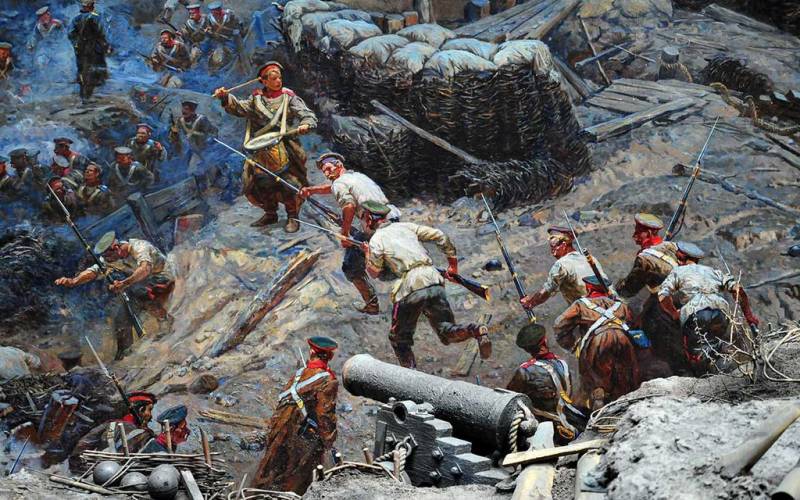
Information